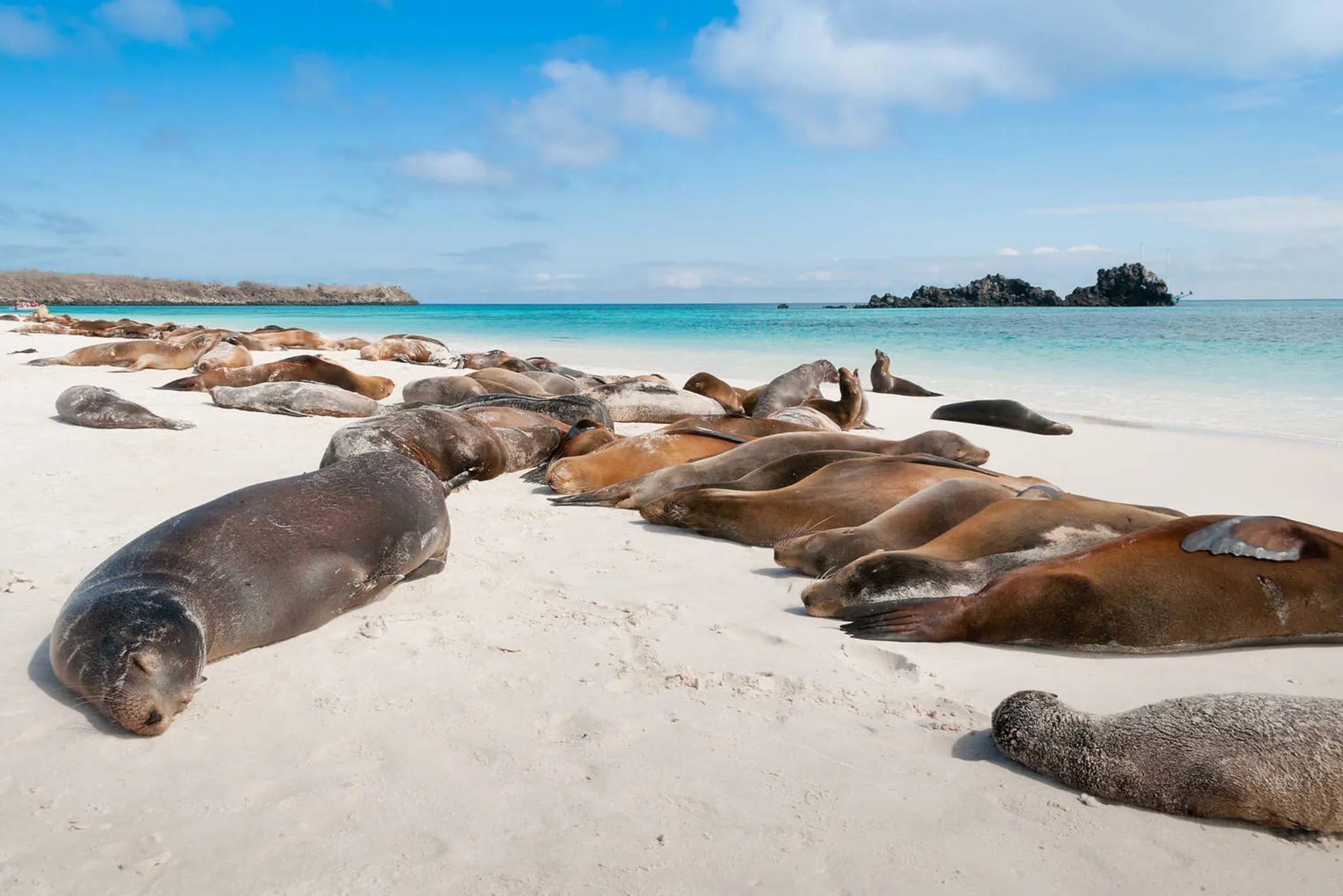The Galapagos Islands in Ecuador are renowned for their unique wildlife, which has been studied and admired by scientists and visitors alike for centuries. The islands are home to a vast array of endemic species, found nowhere else on earth, as well as a diverse range of land and marine animals. The following article will take you on a journey through the fascinating wildlife of the Galapagos Islands, exploring its unique features, conservation efforts, and the importance of sustainable tourism practices.
The Unique Wildlife of the Galapagos Islands
The Galapagos Islands are home to some of the most unique and fascinating wildlife in the world. The islands’ isolation and volcanic origin have allowed for the evolution of endemic species found nowhere else on earth, such as the Galapagos giant tortoise, marine iguanas, and Darwin’s finches.
The diversity of wildlife on the Galapagos Islands is also remarkable, with both land and marine animals coexisting in a fragile ecosystem. The islands’ location at the convergence of several ocean currents has led to a unique marine environment, with a vast array of marine life, including sea turtles, sharks, and manta rays.
The Importance of the Galapagos Islands in the Study of Evolution
The Galapagos Islands have played a significant role in the study of evolution, with Charles Darwin famously visiting the islands in 1835 and studying the unique wildlife. His observations on the adaptations of the islands’ animals and plants to their environment laid the foundation for his theory of natural selection.
The Galapagos Islands continue to be an essential site for the study of evolution, with ongoing research and conservation efforts helping to preserve the islands’ unique biodiversity.
Land Animals of the Galapagos Islands
The Galapagos Islands are home to several iconic land animals, such as the giant tortoise, which has become a symbol of the islands. The Galapagos giant tortoise is one of the largest tortoise species in the world, with some individuals living up to 150 years.
The islands are also home to several species of land iguanas, as well as marine iguanas, which are the only marine lizard species in the world. Darwin’s finches and other bird species are also prevalent on the islands, with several species showing unique adaptations to their environment.
Marine Animals of the Galapagos Islands
The marine environment of the Galapagos Islands is home to several fascinating species, including sea turtles, which are a highlight for many visitors. The Galapagos green sea turtle is an endangered species, and conservation efforts are underway to protect their habitat and population.
The islands are also home to several shark species, including hammerhead sharks, and manta rays. Marine mammals such as sea lions and fur seals are also prevalent on the islands and provide visitors with unique opportunities to see them up close.
The Importance of Conservation in the Galapagos Islands
Conservation efforts are crucial in protecting the unique wildlife of the Galapagos Islands. Threats such as invasive species, overfishing, and climate change pose significant challenges to the fragile ecosystem of the islands.
Several conservation efforts are underway, including habitat restoration projects, invasive species eradication, and sustainable fishing practices. Visitors can also play a role in conservation efforts by following sustainable tourism practices and supporting local conservation efforts.
Exploring the Galapagos Islands
Exploring the Galapagos Islands provides visitors with a unique opportunity to experience some of the world’s most unique and fascinating wildlife. The islands’ national park offers visitors a range of activities, such as hiking, snorkeling, and wildlife viewing.
Visitors should be mindful of their impact on the fragile ecosystem of the islands and follow sustainable tourism practices. Respecting the wildlife and their natural habitats is essential in preserving the unique biodiversity of the Galapagos Islands for future generations.
Conclusion
The Galapagos Islands in Ecuador are a natural wonder, known for their unique and fascinating wildlife. The islands’ isolation and volcanic origin have allowed for the evolution of endemic species found nowhere else on earth, as well as a diverse range of land and marine animals. The importance of the Galapagos Islands in the study of evolution and ongoing research and conservation efforts help preserve this unique ecosystem.
Conservation efforts are crucial in protecting the fragile ecosystem of the islands from threats such as invasive species, overfishing, and climate change. Visitors can play a role in conservation efforts by following sustainable tourism practices and supporting local conservation efforts.
Exploring the Galapagos Islands provides visitors with a unique opportunity to experience some of the world’s most unique and fascinating wildlife. However, it is essential to remember that the islands’ natural beauty and unique biodiversity must be respected and preserved for future generations to experience and appreciate.





